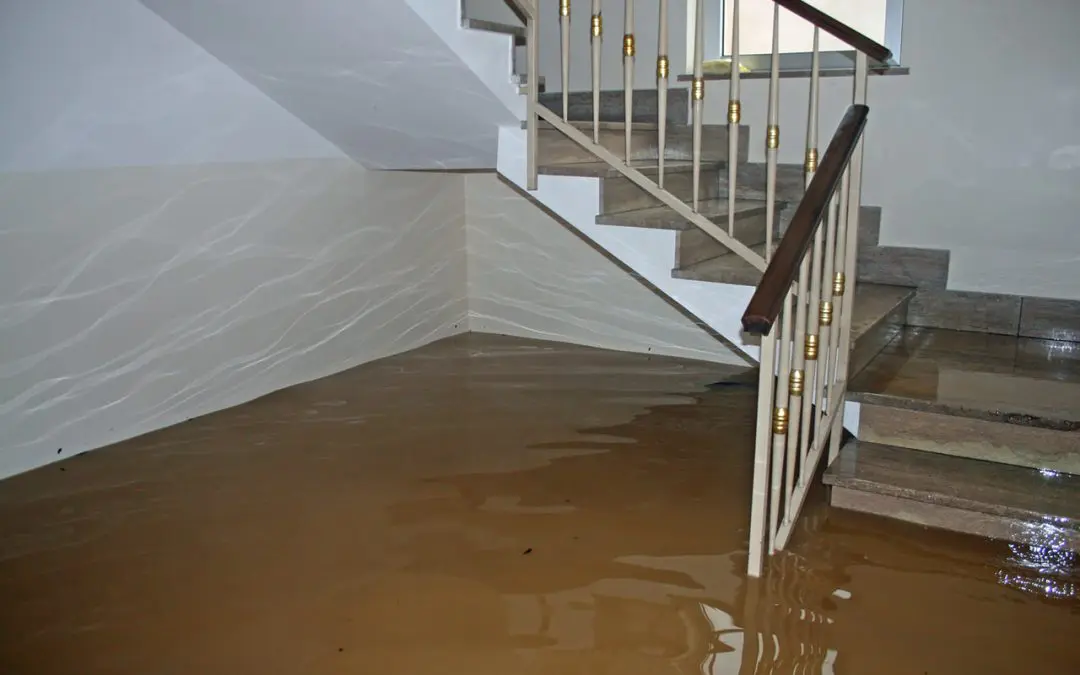Dealing with residential water damage is a daunting task, and assessing the damage and determining your next steps can seem overwhelming. Use the following tips to deal with water damage in your home.
Understanding the Types of Residential Water Damage
There are different types of water that can damage your home.
Clean water comes from condensation, rain, or the main water pipes. It’s not contaminated so it is safe to clean up.
Gray water comes from washing machines, dishwashers, and clean toilets. It’s slightly dirty and may have some contaminants in it. It is relatively safe to clean up this type of water damage as long as you wear the proper safety gear.
Blackwater comes from sewage or flooding. This type of water has bacteria, waste, and other harmful contaminants in it. It’s best to call in a water damage expert to clean it up because it can cause health problems.
Residential Water Damage Causes Mold
You should know that any type of residential water damage leaves your home susceptible to mold growth. Mold has the potential to grow within less than 24 hours after water damage occurs.
Mold that was caused by longer-term problems, such as attic or basement condensation, might have been growing for a long time. Be careful with any type of mold that you encounter. Some mold damages the home’s structure and other types of mold are toxic to your health.
A minor mold infestation can be cut out, bagged, and thrown away. Serious mold issues need to be handled by mold professionals.
Dry Out The Damaged Area
Don’t let any residential water damage linger. Dry out the area immediately by using fans to get air moving throughout the entire affected area.
Larger leaks and floods might require rented equipment. A large dehumidifier helps to dry out carpets, surrounding wood areas, and other materials.
Get Rid of Porous Materials
Porous materials include insulation and carpeting. Cut out any porous materials that were saturated and discard them. Porous materials are susceptible to mold and mildew.
Get Water-Damaged Ceilings Fixed
Prevent collapsing or sagging ceilings by fixing those areas first. Get rid of any affected ceiling boards or panels.
Find and repair any roof problem, if that is where the leak originated. The source of the issue may be far away from where the damage occurred. Check all rafters and beams for structural damage. Call a professional to inspect your roof if it is difficult to find the leak.
Put in New Flooring After Residential Water Damage
New flooring may be necessary, depending on the material and the extent of the damage. If you do need to replace your flooring, you’ll likely need to completely remove padding and underlayment. It’s a good idea to choose waterproof flooring as a replacement to make any future residential water damage easier to handle.
Painting and Caulking
Once you’ve replaced all damaged areas, it’s time to repaint. Don’t forget to caulk around any areas like tubs, showers, and sinks to keep water out of the drywall.
Effectively handle residential water damage by following this advice. Take the correct repair steps and call in a professional if the job is too complicated to do yourself.
Homebuyer’s Inspection Service provides home inspection services to the Dallas-Fort Worth area. Contact us to schedule an inspection.

